Her sun-kissed ponytail sways to the rhythm of her running shoes. As she slows her pace—her well defined arms bringing her toddler’s jogger to a slow crawl—my gaze drifts to the scene ahead of me. Fruit and vegetable stalls have replaced idling cars along 3rd Street. The early morning air still feels crisp in the shadows despite the heat building from the brilliant California sun. The woman I’m trying not to follow has stopped to buy some strawberries. She offers her son a piece of juicy fruit from the pint-sized container, then re-directs her attention to the blueberries nearby. A 40-something couple on the opposite side of the street lingers over bunches of kale and other greens, taking a pause to sip their coffee from white cardboard cups. The leafy tops of carrots and beets hang lazily over the edge of their canvas totes. Farmers and their workers are still in the process of unloading crates, filling their tables and baskets with the abundance of fresh fare they’ve brought with them. Every color of the rainbow is on display at the Santa Monica Farmers Market.
As I meander through the comfortable crowd now mixed with a medley of chefs, urban professionals, summer vacation kids, and spritely elderly folk, it feels pretty awesome to be here. This is the quintessential California lifestyle: sun, nearby ocean, copious amounts of farm-fresh produce, and organic jars of this and that. Although I had only planned on observing today, the urge to partake can’t be ignored. I speak with the nice people about their offerings, even sampling a few items along the way. Realizing (as I do with every visit) that I’m eating the such delicious, fresh food, I know I have to bring enough of something for the whole family to taste. I dig into my wallet and pull out a lone ten dollar bill. Ten bucks does not go far at the farmers market when feeding a family of five. My Libran indecisiveness kicks into overdrive. Do I get the grapes and summer squash my kids love? How about tomatoes for my mom? Figs for me? What about the husband?
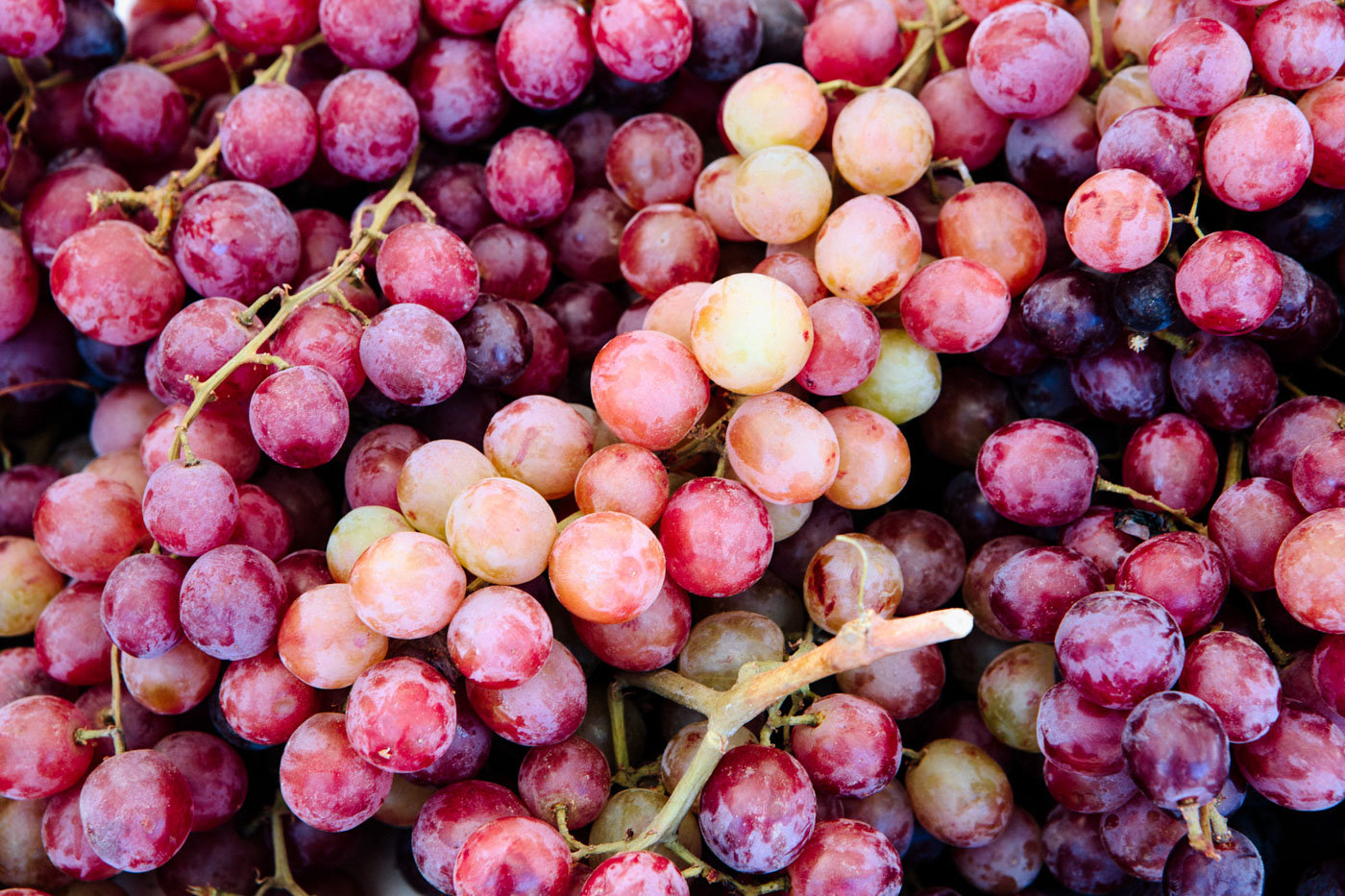
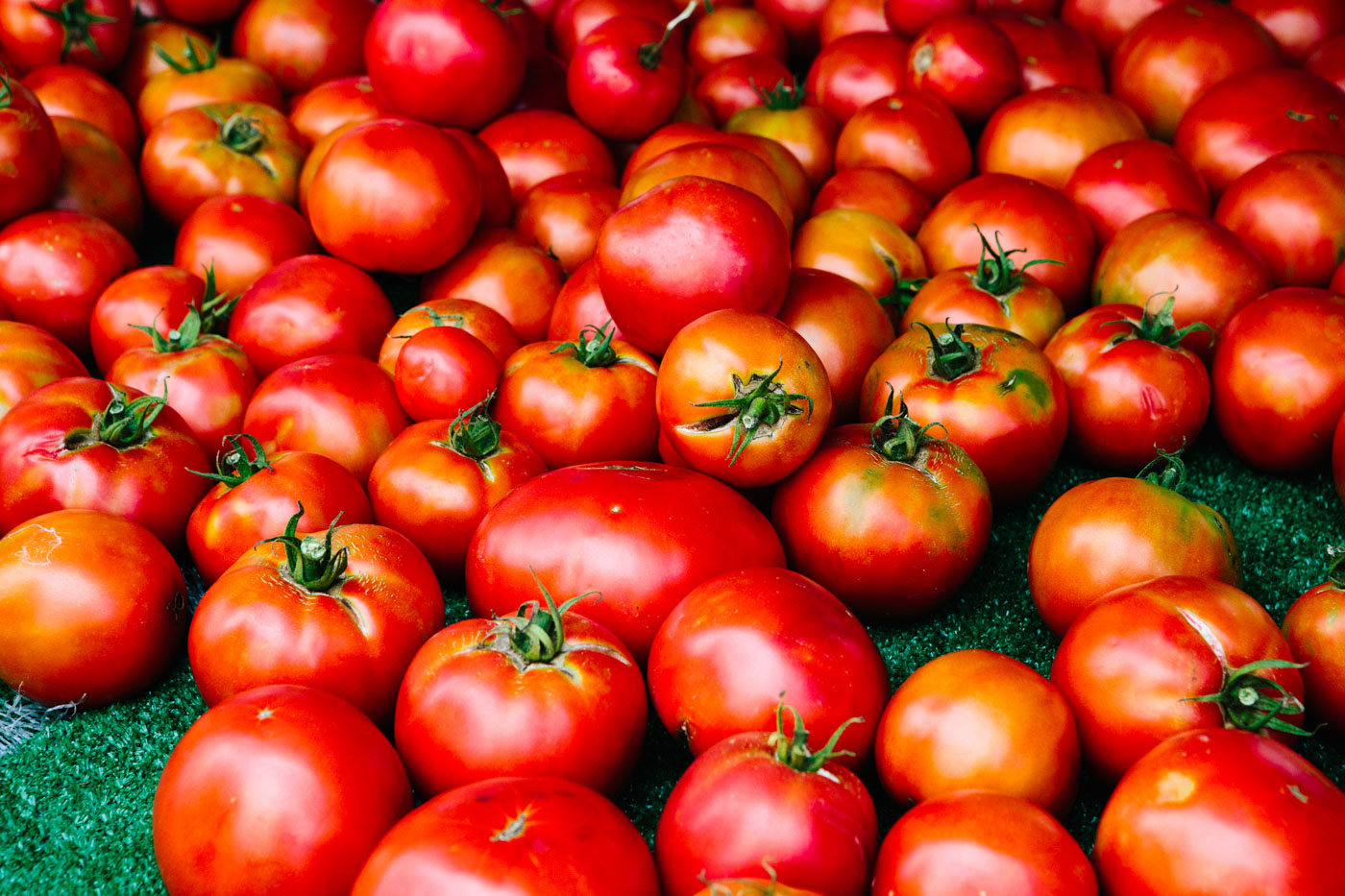
Settling for a colorful assortment of berries—which should appease everyone’s palates—I soak in the last few minutes of the farmers market lifestyle before heading home. I could have easily purchased the same fruit for a cheaper price from one of the four grocery stores within a mile from my place (two within a five minute walk). But knowing my purchase helped a small, local farmer versus a larger player in the industrialized agriculture business made shelling out a few extra dollars worth it. Plus, the experience (read: taste) of consuming food that was picked the previous day is pretty magical. You’d think all Californians eat this way. After all, we are the food basket of the U.S.A.—the golden state with year-round access to farm-fresh deliciousness.
Unfortunately, however, this is not exactly reality for all of us. There’s a flipside to this idyllic picture that affects not only Californians, but others around the country who do not enjoy the same food benefits as most of us do. There are millions of Americans who live in geographical areas known as “low-access communities” or food deserts, where fresh, healthy, affordable fruits and vegetables are either hard to access or are non-existent. As per the USDA, the criterion to qualify as a food desert is “at least 500 people and/or at least thirty-three percent of the census tract’s population must reside more than one mile from a supermarket or large grocery store (for rural census tracts, the distance must be more than 10 miles)”. Approximately 23.5 million Americans live in food deserts, with nearly half of those being low-income. This number may actually be underreported because the North American Industry Classification System groups convenience stores and liquor stores—which primarily offer processed, packaged foods or individually priced servings of fruits—in the same category as supermarkets and grocery stores. Prevalent in the Mid-Atlantic and the South, though large sectors of the Midwest and West Coast also grapple with food inaccessibility, food deserts are typically located outside of metro areas and tend to exist in neighborhoods of color—predominantly African American and Latino. People who live in these districts have to drive further to visit supermarkets, meaning higher gas costs on already strained budgets. For those without a vehicle, relying on access to public transportation to overcome the difficulties caused by distance becomes a necessity. A trip to the grocery store could involve multiple buses or trains if economic forces have driven stores further away from certain neighborhoods.
According to studies, wealthy districts are likely to have three times as many grocery stores as poor areas. Predominantly white neighborhoods have an average of four times as many supermarkets as primarily black ones, with the added bonus of a larger selection of healthy foods. Although I’m not white, and many folks who live around me are also not white, we share the benefits of living in what would be described as an affluent, white neighborhood on L.A.’s west side. There’s a major university down the street, a fancy outdoor shopping mall within a couple of miles, a plethora of fitness facilities and yes, plenty of options for consuming fresh fruits and vegetables (which has been consistently linked to lower obesity rates). I have the privilege of easily visiting multiple, nearby grocery stores in order to find exactly what I need for the price I’m looking for. Yet for those living in food deserts, fewer shopping options generally means less intense pricing competitions for local stores. This puts low-income consumers at the mercy of grocers who can charge higher prices for produce of poorer quality. A 2012 USDA report states that “if a number of food stores are relatively close by, competition on price, quality and other store attributes is likely to be greater, and consumers are likely to benefit.”


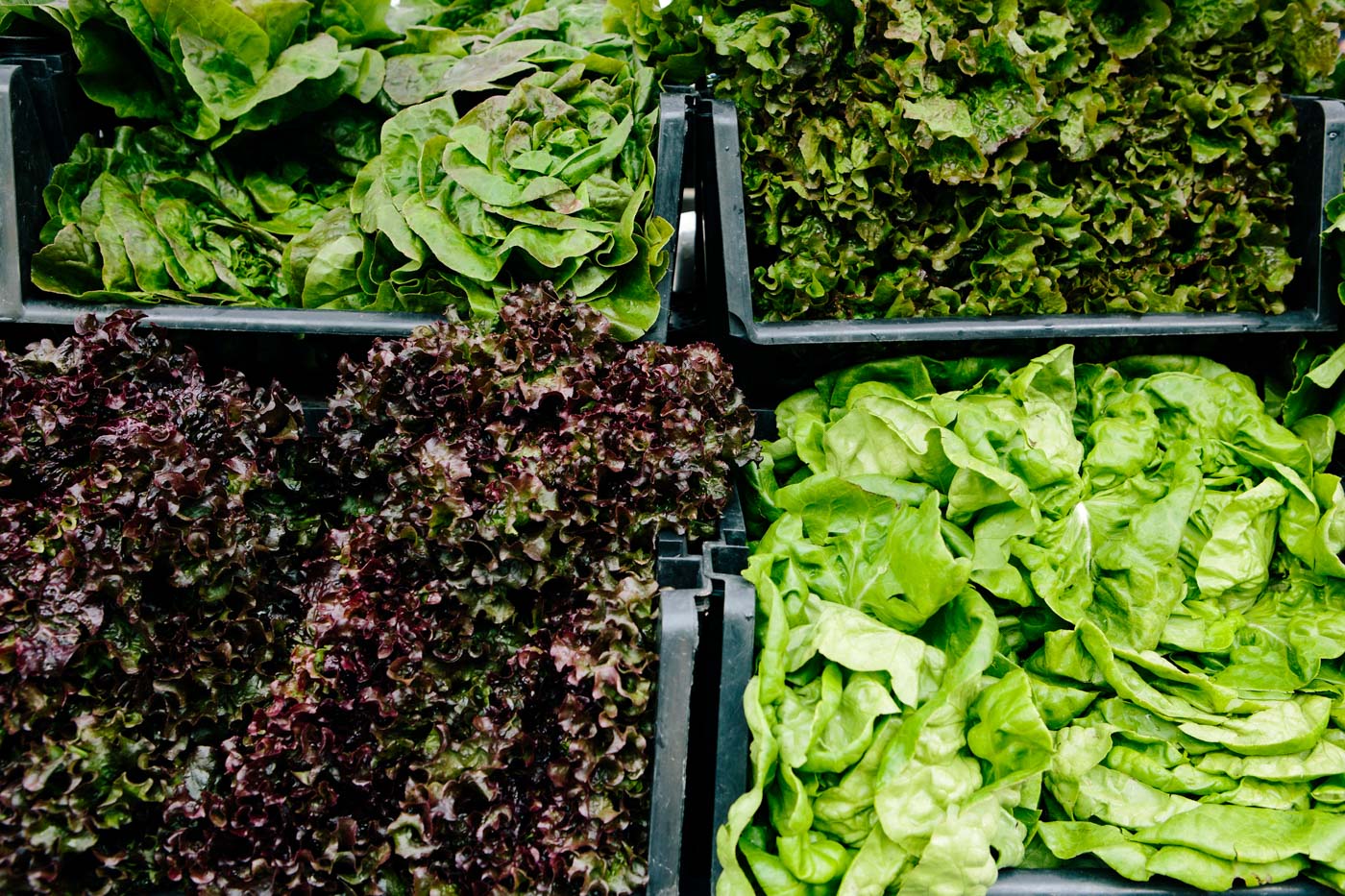
Where there are food deserts there will also likely be food swamps. These areas are dense with high-calorie, high-sugar, nutrient-deficient, processed foods—in other words, pre-packaged food and fast food. People residing in the poorest socio-economic areas have two-and-a-half times the exposure to these types of foods than their wealthier counterparts. These limited options for nutritious, fresh fruits and vegetables—coupled with the attraction of cheap, addictive, quick food that satisfies the palate—has created a health epidemic in ethnic minority and low-income populations who suffer from higher rates of obesity, cardiovascular disease, type-2 diabetes and low-life expectancy.
Over the past decade, there has been a significant push to combat this food disparity. The former First Lady, Michelle Obama, initiated the Let’s Move campaign to help end childhood obesity. She took a direct aim at food deserts with the goal of eradicating them by 2017 by expanding the availability of healthy, whole foods to areas most in need. That meant opening new grocery stores and supplying smaller existing retailers, corner stores and markets with a greater volume of healthy products. There has also been a spike in programs—some privately funded—which also strive to bring fresh produce to low-income districts. The Farmers Market Coalition touts there are currently over 8,600 farmers markets in the USDA Farmers Market Directory. An increase access to fresh food for low-income Americans has resulted in 20.2 million in SNAP benefits (food stamps) spent at farmers markets in 2016, while also increasing revenue for local farmers.
But are these efforts really working to combat the effects of poor diets? A study published in April 2015 as a National Bureau of Economic Research working paper states that wealthier and more educated individuals and households are more likely to purchase healthier foods, and that “access-improving policies alone will eliminate less than one-third of existing socio-economic disparities in nutritional consumption.” What’s confusing is the idea that lack of nearness to healthy foods is the main reason for poor health amongst low-income Americans. This notion fails to address two glaring issues: poverty and education.
We’ve grown accustomed to inequality in this country. Preaching about the benefits of eating locally grown produce is great… when it can be afforded. But when a segment of our population is living from paycheck to paycheck because wages are too low—some having to work two or three jobs in order to make ends meets—buying food from the farmers market to feed an entire family seems like a luxury. Imperative decisions like paying the rent versus paying the electric bill compete for hard-earned cash. The gap between the wealthy and the poor is increasing while simultaneously shrinking opportunities for low-income Americans.
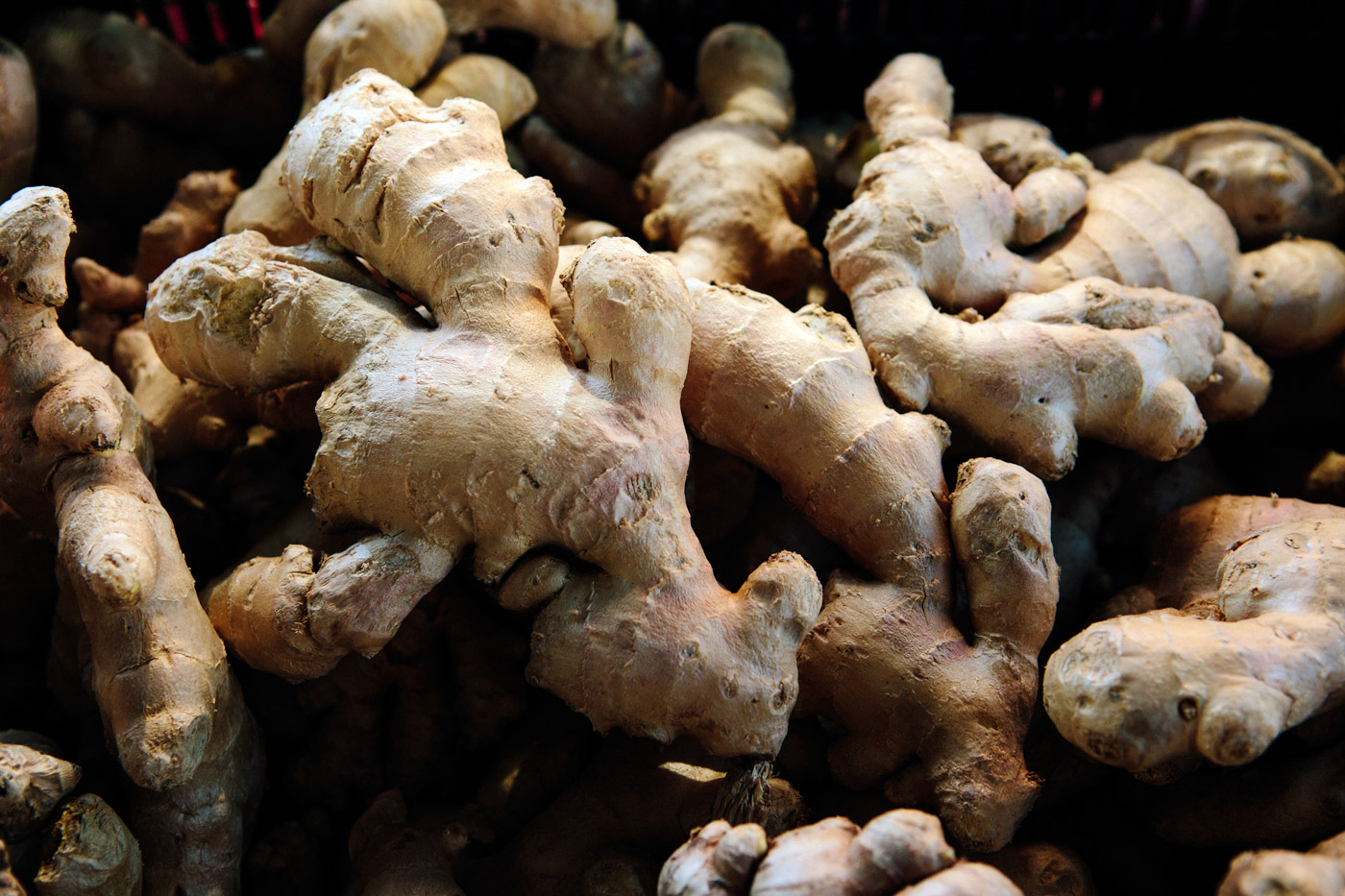
Access to high-quality, nutritious food shouldn’t be a privilege afforded only to households in certain income and education brackets. But simply providing affordable grocery stores in food deserts won’t necessarily be enough to motivate individuals to purchase more healthy options. Perceptions may change but won’t automatically translate into behavioral changes. If people’s buying habits are not altered, then the number of affordable supermarkets and farmers markets within a certain proximity to low-income households becomes irrelevant. Educating consumers on the health risks of continual processed food consumption, the health benefits of eating fresh vegetables and fruits, providing healthy lifestyle tools specifically for residents of food deserts, and increasing incomes to allow for more purchasing power are all essential components in changing these behaviors, and in creating a more fairer playing (and eating) field.
——
Bone Deep is an ongoing column in which contributor Deepi Ahluwalia digs into her curiosities about food, exploring its historical and global significance.





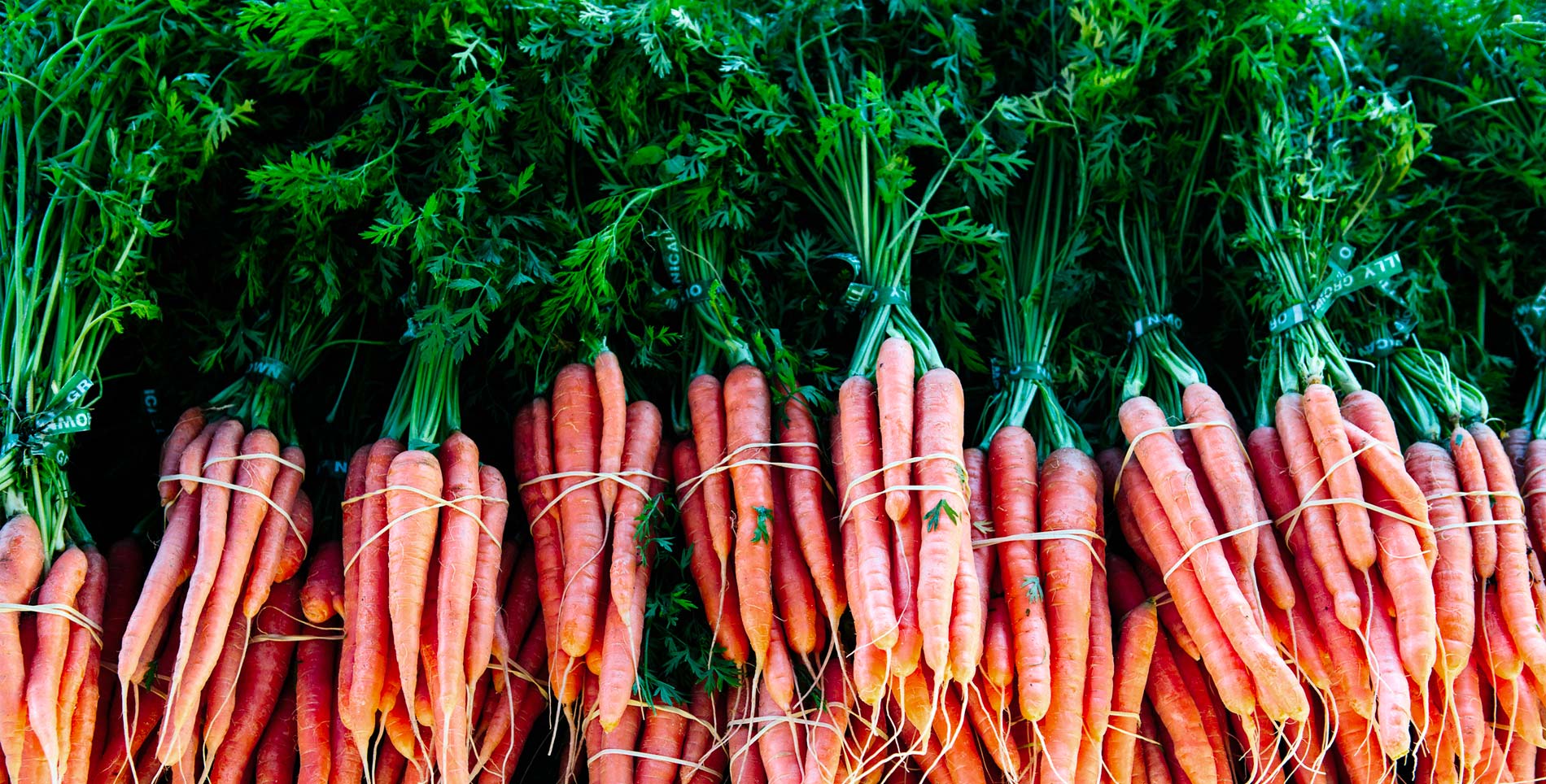

Our comments section is for members only.
Join today to gain exclusive access.